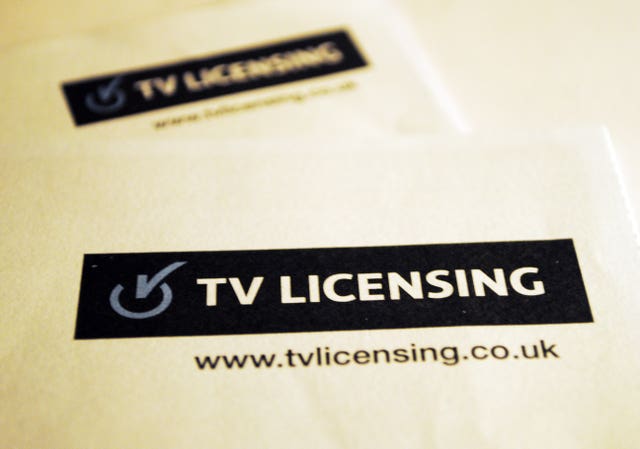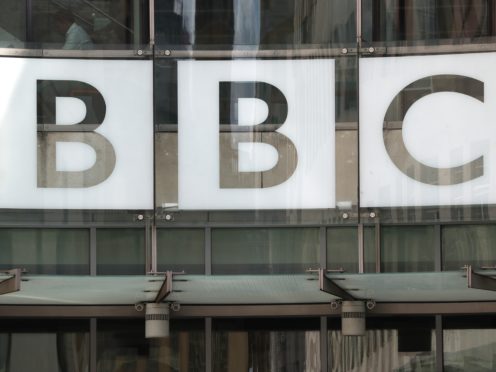The cost of a TV licence is set to rise to £157.50 per year.
Here the PA news agency takes a look at the history of the licence fee:
In the 1920s, the government took the decision not to allow the fledgling BBC to fund itself using commercial advertising and instead required people to buy a licence in order to receive their broadcasts.
The first wireless licence was issued in November 1923 for 10 shillings (50p), and by the end of the year 200,000 had been issued.
The number of active licences continued to rise dramatically, and in 1928 there were 2.5 million issued.
The first combined radio and TV licence was issued in 1946 for £2.

A supplementary licence for colour TVs was introduced in 1968.
Black and white TV licences remain available for purchase to this day, and as of March 2019 6,883 of them were in force.
In 1971, radio-only licences were abolished, along with the requirement to have a licence for car radios.
The BBC was made responsible for administration of the licence fee as a result of the Broadcasting Act 1990, and the broadcaster now sub-contracts out the work.
In 2015, the Government and the BBC reached a settlement which meant that the broadcaster had to find savings of £800 million by 2021/22.
It also saw the broadcaster commit to taking on responsibility for the funding of free licences for the over-75s.
Today, anyone who watches or records programmes on a TV, computer or other device must own a TV licence – along with anyone who watches or downloads shows on BBC iPlayer.
There were 25,752,560 TV licences in force in the UK in 2018/19, according to TV Licensing.
The figure represented a decrease from 2017/2018 when the number of active licences stood at 25,836,495.
